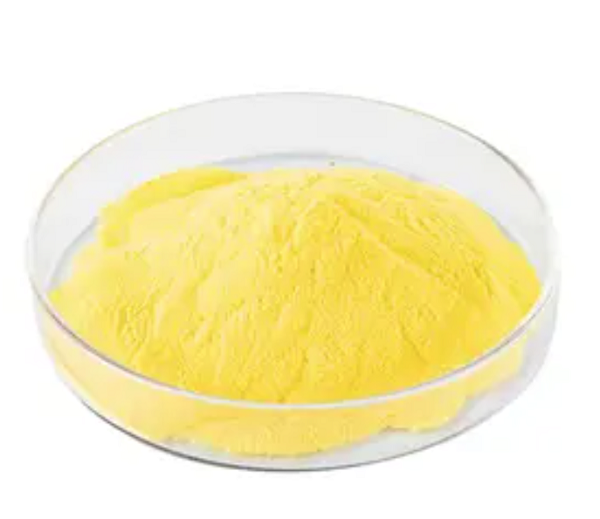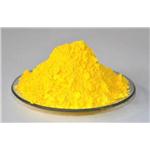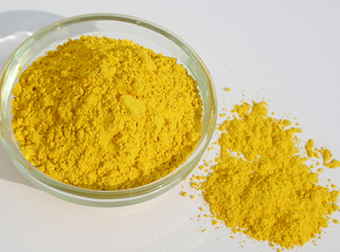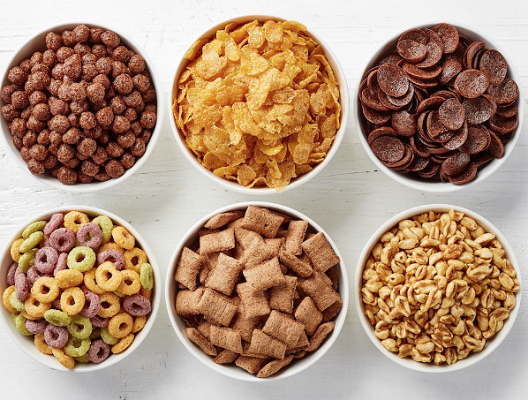Is Sodium ferrocyanide safe as an anticaking agent?
Description
Some salt manufacturers add yellow prussiate of soda (sodium ferrocyanide) to salt when they crystallize it. The additive generates jagged and bulky crystals that resist caking. That mitigates the need for extra anticaking agents. Yellow prussiate of soda is a food ingredient most frequently found in table salt. The Food and Drug Administration (FDA) has given the hydrated cyanide salt known as yellow prussiate of soda (YPS) the GRAS (Generally Regarded as Safe) designation so that it can be used as an anticaking agent in table salt. On an ingredient label, it can be listed as sodium ferrocyanide.

Mode of action
Yellow Prussiate of Soda (YPS, Na4[Fe(CN)6]·10H2O) is an approved anticaking agent in table salt. Given the high toxicity of cyanide, the use of YPS as an approved food additive is puzzling at first. However, the cyanide within YPS is bound very tightly (the formation constant, Kf, of [Fe(CN)6] 4− is 1036), resulting in the low toxicity of YPS. The quantities of YPS consumed with table salt are also minute. It may be safe, but how does it act as an anticaking agent?
The charge of one ferrocyanide ion ([Fe(CN)6] 4−) is 4−, while that of the similarly sized and shaped hexachlorosodium ion complex ([NaCl6] 5−) is 5−. This charge mismatch is the origin of the anticaking activity of YPS. To keep the total surface uncharged upon replacing one [NaCl6]5− unit with one [Fe(CN)6] 4− unit, one less sodium countercation is needed. If Na4[Fe(CN)6] were to be incorporated into the bulk of the crystal by the growth of a NaCl crystal on top of it (by, for instance, crystallization from brine formed from atmospheric moisture and a neighboring NaCl crystal), a sodium vacancy is needed to keep the crystal electrically neutral. This, however, is energetically (electrostatically) very unfavorable because this vacancy leads to an increased electrostatic anion−anion repulsion. Since the ferrocyanide ion cannot be incorporated into a bulk sodium chloride crystal and its tight binding to the surface does not easily allow desorption, crystal growth and the expression of interparticle bridges are inhibited, and the caking of sodium chloride are effectively prevented[1]. Other anticaking agents are charge-matched but provide steric inhibition to crystal growth. Indeed, the YPS coverage slowed or prevented crystal growth, with NaCl crystal growth observed to take place only off the trim and irregularly spaced unaltered NaCl surfaces, leading to thin dendritic crystal forms.
Safety
Sodium ferrocyanide has a low toxicity, as its LD50 (50% lethal dose) in rats is 1600 to 3200 mg/kg body weight when administered orally. After absorption into the bloodstream, ferrocyanide appears to be eliminated via the glomeruli and not excreted via renal tubules. The large quantities of ferrocyanide could induce acute renal failure, according to the previous report. Sodium ferrocyanide can be decomposed to cyanide with high toxicity under the influence of strong acids. The dissociation constant for the hydrolysis of [Fe(CN)6]4− to Fe2+ and CN− at physiologic pH is 10−35 mmol. So, it is stable in physiological conditions, and the cyanide release from ferrocyanide could be theoretically very low. Although some studies in vivo have demonstrated cyanide release after oral administration, the interpretation of the results should consider the hydroxocobalamin administration, the delayed analysis, and the release of hydrocyanic acid from cyanide derivative during the gas diffusion step. Indeed, the blood cyanide levels depend on early sampling and careful storage because of the instability of cyanide in blood and the vulnerability of cyanide assays to multiple sources of interference[2].
References
[1] Zhenning Liu. “Acute self-induced poisoning with sodium ferrocyanide and methanol treated with plasmapheresis and continuous renal replacement therapy successfully: a case report.” Medicine 94 21 (2015): e890.
[2] Sarina J. Dorazio, Christian Brückner. “Why Is There Cyanide in my Table Salt? Structural Chemistry of the Anticaking Effect of Yellow Prussiate of Soda (Na4[Fe(CN)6]·10H2O).” Journal of Chemical Education 92 6 (2015): 1121–1124.
You may like
Related articles And Qustion
See also
Lastest Price from Sodium ferrocyanide manufacturers

US $100.00-25.00/kg2025-11-03
- CAS:
- 13601-19-9
- Min. Order:
- 1kg
- Purity:
- 99%
- Supply Ability:
- 600tons

US $10.00/KG2025-04-21
- CAS:
- 13601-19-9
- Min. Order:
- 1KG
- Purity:
- 99%
- Supply Ability:
- 10 mt



